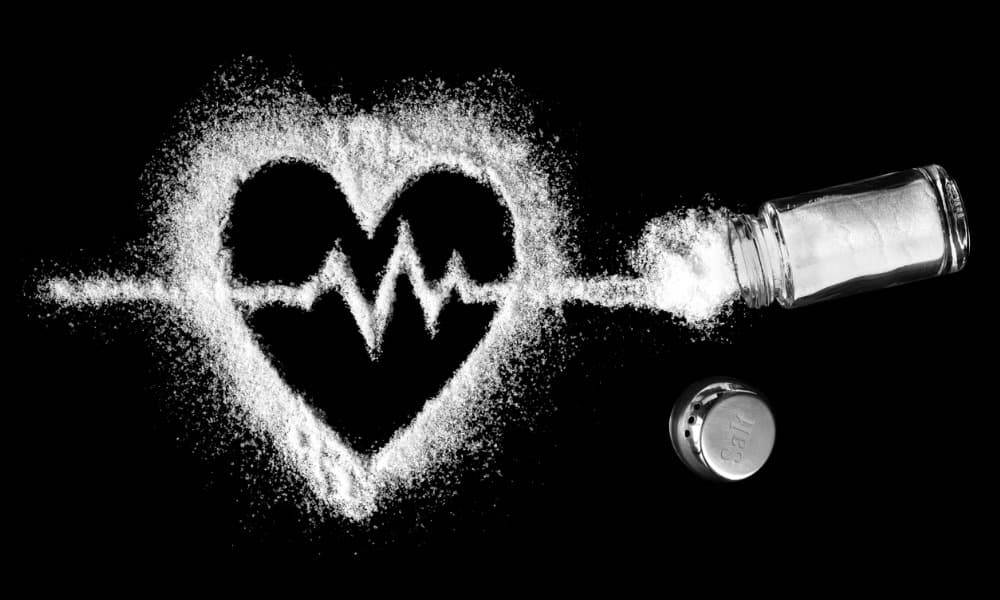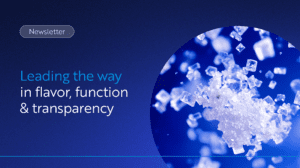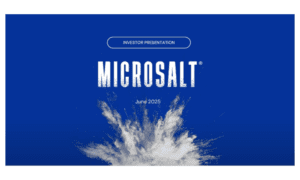Our comprehensive review of the physical effects of excess dietary sodium and steps to take to lead a healthier life.
Key takeaways:
- Too much salt can affect the entire body from the brain to the belly
- Obesity, diabetes, and cancer are among the worst results of a high-sodium diet
- Medical advice and positive action can help mitigate or reverse some sodium damage
In this two-part series, we’re looking at the holistic damage caused by excess dietary sodium. There’s a delicate balance between sodium and health, which, if not maintained, can result in adverse effects from simple headaches to hypertension and heart disease. Let’s start, then, by looking at the most common physical ailments related to sodium, along with simple ways to manage them.
Headaches from mild to migraine
Ordinary headaches are no fun, and migraines are on a different level. They both have one thing in common, though: salt.
The National Headache Foundation names sodium-heavy foods as a major cause of headaches,
while too much salt has also been implicated as a migraine trigger due to sodium’s negative relationship with hypertension. A study highlighted by the American Journal of Managed Care (AJMC) proposes that migraines may also be a result of sodium withdrawal experienced when people cut back on processed foods, making it even more important to find a healthy middle ground between too much salt and too little.
Other physical effects of sodium
Eating too many salty foods can exacerbate existing chronic diseases or even lead to their development. In fact, three of the world’s most prevalent and deadly conditions have direct links to sodium:
- Obesity – High sodium intake has been linked to weight gain, regardless of how many calories a person consumes. This is because excess salt causes the body to retain fluids. The results of a 2017 study also linked excessive sodium intake to increased appetite, making it harder for people with high-sodium diets to eat less.
- Hypertension – Also called high blood pressure, hypertension can lead to heart attacks, heart disease, and strokes. And the link between hypertension and dietary sodium is well-established.
- Diabetes – Existing hypertension increases risk of diabetes, while excessive sodium in diabetics and prediabetics can cause high blood pressure and increase their risk of kidney disease and stroke. Research also shows that excess sodium intake can increase risk of diabetes.
All of these are very good reasons to cut back on salt. Unfortunately, reducing sodium intake is often easier said than done, as the desire for salt can grip some people with the same strength as a drug addiction.
Too much sodium can have drug-like effects
The AJMC article also highlights another troubling aspect of salt: it’s addictive, potentially toxic, and meets the criteria for substance dependence. This can lead to cravings and unsuccessful attempts to cut back followed by relapses to mitigate withdrawal symptoms. Sodium cravings are therefore a serious physical risk.
If you can’t enjoy foods that aren’t naturally salty, or if you find yourself shaking salt on every meal, you might have a salt dependency. You may be craving salt for several reasons including stress, medications, or pre-existing medical conditions. The good news is that there are proactive steps you can take to avoid the negative effects of too much salt.
How to move toward a low-sodium lifestyle
Adopting a healthier diet starts with expanding your knowledge. Your first step should be consulting with your physician to measure your current blood sodium levels and determine how much daily sodium is the right amount for you. This can be based on many factors including your age, ethnicity, activity levels, and current medications. The general recommendation for adults is less than 2,300 mg per day (no more than a teaspoon), with 1,500 mg recommended by the American Heart Association as the ideal target.
Of course, to hit your target, you’ll need to keep track of how much sodium is in your meals. And to do that, you need to learn how to decode sodium labels to assess your options at the grocery store. In general, however, it’s best to buy fresh and frozen foods instead of prepackaged, processed ones and rinse canned foods thoroughly to remove any excess salt before cooking or consumption.
You may also want to consider medically reviewed meal plans such as the DASH diet, which provides a wide variety of tasty choices while limiting sodium intake. DASH can help lower blood pressure and reduce the negative physical effects of sodium. You might also be vitamin deficient in iron, magnesium, or zinc which can worsen salt cravings, so discuss vitamins with your doctor as a potentially positive dietary supplement.
Fitness for fuller health
The foods and beverages you consume are immensely important, but the low-sodium lifestyle is precisely that: a wider change across every aspect of your life. A medically approved and regular exercise schedule can help you lose weight while reducing hypertension and lowering stress levels; three effects that can also improve your emotional and mental health.
Of course, physical exertion will naturally increase your appetite while causing sodium loss through sweat. You’ll need to address both in a responsible manner to strike the right balance between sodium and health. To that end, check out our MicroSalt® saltshaker, with half the sodium of typical table salt, and our SaltMe®! Chips for a great low-sodium solution to snacking on the go!
Bookmark MicroSalt® for a body of healthy knowledge
The MicroSalt® blog is the perfect place to find articles on how to lead a low-sodium lifestyle while still enjoying a flavorful diet. You’ll also learn how our commitment to a healthier society has won MicroSalt® the Sodium Reduction Technology Provider of the Year award for 2022 and the P&G Alumni Network Star Entrepreneur Award for 2021. Just contact us to learn more about the future of salt.




